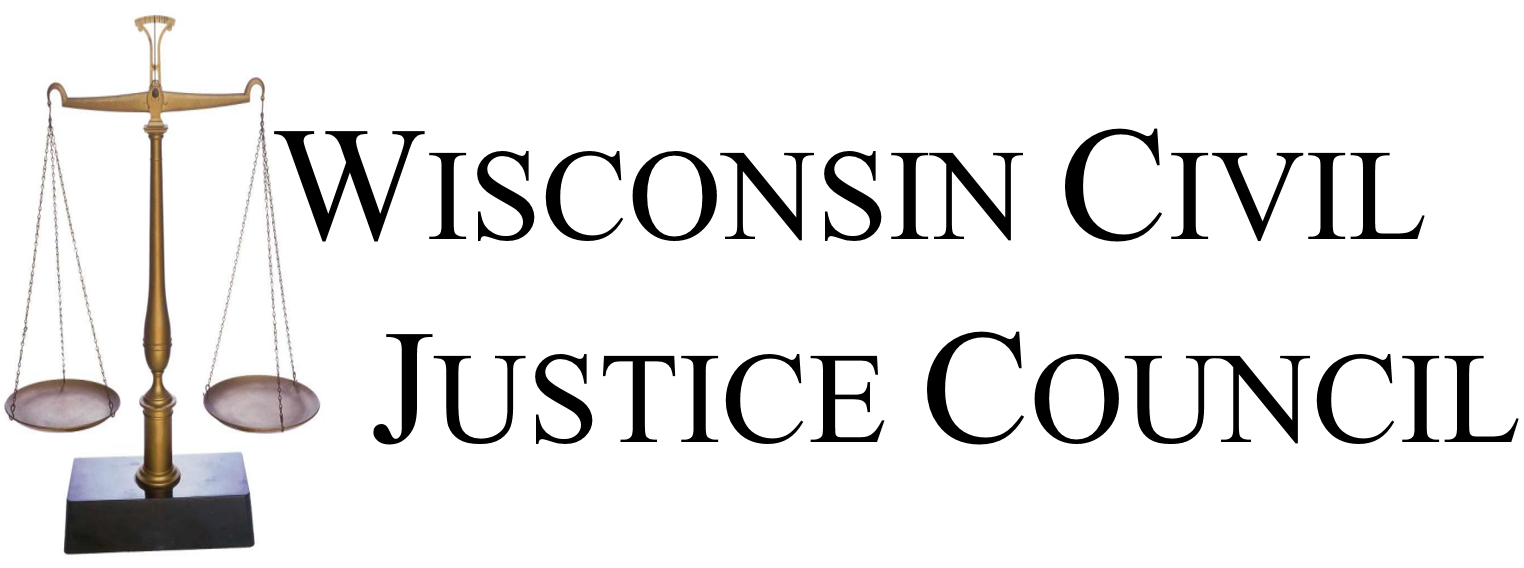On June 11, the Wisconsin Supreme Court granted a stay on the temporary injunction in the extraordinary session challenge SEIU v. Vos, reinstating provisions of the legislation that had been blocked by a Dane County Circuit Court. Additionally, the Supreme Court stayed proceedings on the case in the lower court, cancelling the trial on guidance document provisions of Act 369 set to begin in Dane County on June 12.
In this case, the plaintiffs allege that the extraordinary session laws are an unconstitutional violation of the separation of powers doctrine. The defendant legislature argues that the Wisconsin Constitution explicitly allows the legislature to prescribe the powers of the attorney general. Furthermore, Wisconsin case law has interpreted the Constitution as a fluid rather than rigid political design of separate branches of government. A Dane County circuit court issued an injunction on certain provisions of the extraordinary session laws earlier this year.
The Supreme Court’s June 11 order states that the circuit court made errors of law in analyzing the factors for granting a stay pending appeal, as requested by the Legislature. In their analysis, the Supreme Court noted that presumption of constitutionality applies in this case, making it likely the defendants will succeed upon appeal. Furthermore, the defendant Legislature and the public suffer irreparable harm when duly enacted laws are declared unenforceable without appellate review. For example, if the Legislature is denied the opportunity to review an attorney general settlement, as provided in Act 369, there is no appropriate remedy to undo the settlement if Act 369 is eventually upheld by the Supreme Court.
However, the Supreme Court left in place the injunction on Act 369 provisions that would have rescinded improperly promulgated guidance documents on July 1, 2019. The court determined that agencies would not have enough time to meet the July 1 deadline for holding notice and comment periods for existing guidance documents. Guidance documents created after the circuit court injunction would still be subject to the July 1 deadline.
In a dissent, Justice Dallet (joined by Justices Abrahamson and Walsh Bradley) disagreed with the court’s order to reinstate certain provisions of Act 369. The dissent argued the circuit court did not err in denying the stay of the temporary injunction because the defendants had not shown specific harms would occur if the injunction remained in place. Furthermore, harm to the attorney general and governor without the injunction would outweigh harm to the defendants with the injunction in place.
The dissent agreed that the injunction of the guidance document deadline should remain in place. The dissent also agreed with the court’s decision to reinstate the provision of Act 369 allowing the Joint Committee on Administrative Rules to suspend administrative rules multiple times.
Justices Dallet, Abrahamson, and Walsh Bradley also dissented from the court’s decision to stay the trial in Dane County Circuit Court.
